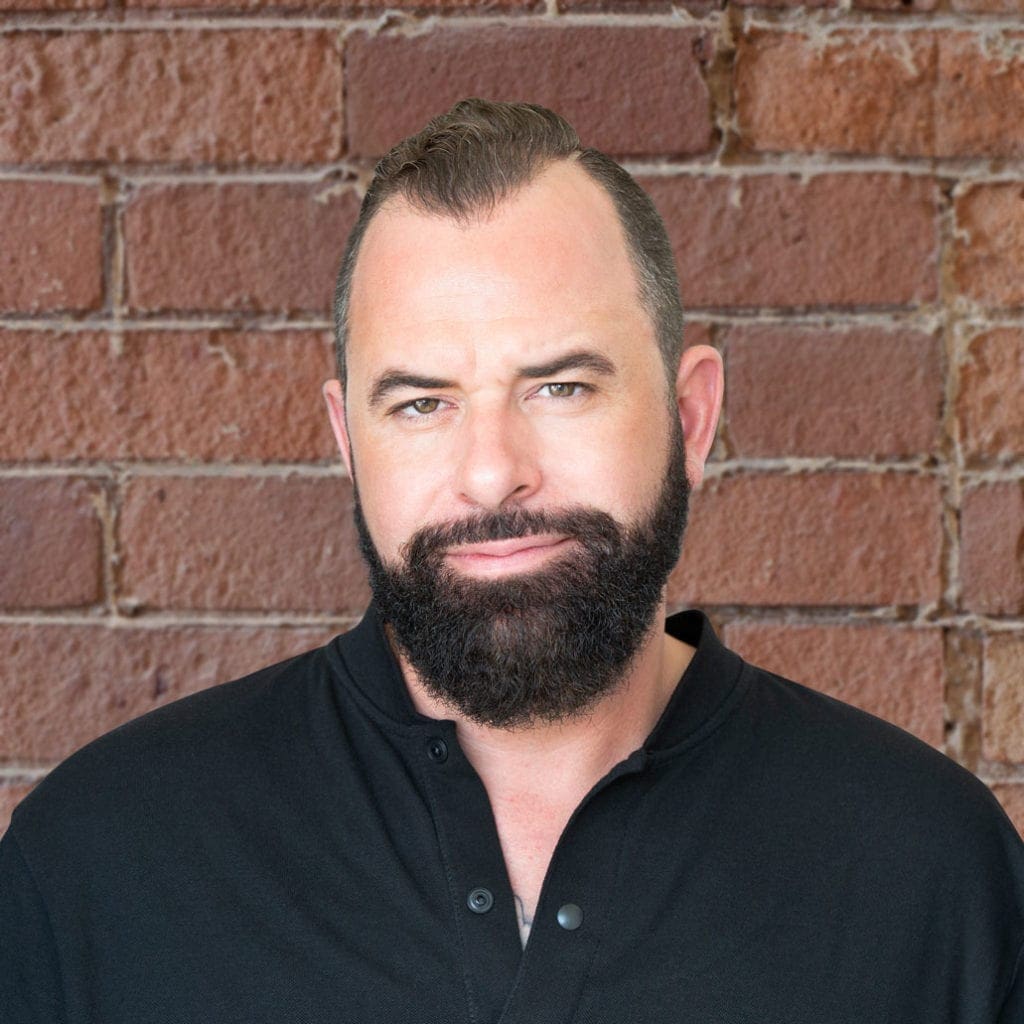The Basics of Building an Organic, Inbound Real Estate Marketing Strategy

As part of your marketing strategy, your goal should always be to attract and engage as many people, that are within your target audience, as you can, and ultimately, to have them reach out to you – and preferably, have them do that naturally and consistently. But setting that up can be complicated if you aren’t sure what to focus on to make it effective.
That’s where building an organic, inbound marketing strategy comes in.
Organic marketing is where you use non-paid strategies to reach your audience, and paid marketing is where you use paid strategies to reach your audience.
➤ Organic Marketing includes things like writing blog content, posting on social media, and building SEO/AEO traffic. Usually, this type of marketing strategy takes more time and more effort, but ultimately builds better quality traffic and conversions over time because it focuses on building trust with your intended audience.
➤ Paid Marketing includes things like paid/boosted social media ads and posts, Google Ads, and print marketing campaigns. Usually, this type of marketing strategy gets immediate results, but are often lower quality leads as they often don’t know anything about you or your business, so you they don’t have any reason to trust you or your brand yet.
As part of establishing a successful marketing mix in your website acquisition strategy, you’ll want some paid marketing to be part of it, but the majority of your strategy should be focused on organic marketing: between 55-75% of your overall traffic.
Why so high? Because organic marketing gets better results as it allows you create a connection with your audience, begin to build trust, provide value to them over time, and eventually, turn them from a visitor into a lead a that reaches out into an eventual deal.
Simply put, a successful organic marketing strategy is a major part of a successful inbound marketing strategy. The success of one means the success of the other.
But regardless of what type of marketing you focus on, your goal should always be to push people to your website. That’s the best place to get real, measurable results, and where you have the ability to entirely control what you, your brand, and your business are all about and how they’re presented.
★ Want to learn more about inbound marketing? Have a look at these posts:
- The Philosophy of Inbound Marketing, and Why it Works for Agents
- Building an Inbound Marketing Strategy to Get Higher Quality Leads
- Using Familiarity in Your Marketing Strategy to Get More Business
Building an organic inbound marketing strategy involves a few steps:
1. Understanding Your Audience, and Their Needs: The first step is to have a solid understanding of exactly who your target audience is, and most importantly, what they’re interested in and what problems they have. That’s key because a big part of a successful organic marketing strategy is solving problems for your audience, through your content strategy and your additional marketing efforts.
2. Creating a Solutions-Based Content Strategy: The content you create should always be content that your audience finds helpful, and that solves a problem for them by answering a question. Doing so allows you to prove your expertise, establish your authority, and most importantly, build trust. The more high-quality, helpful content that you can write for your audience, the better (and the more engagement you’ll see).
3. Getting Found in Search Results Naturally: As mentioned above, 55-75% of your overall traffic should from organic sources, which is going to come primarily from your SEO efforts. And while building a solid SEO strategy takes time, effort, and consistency, having your content found, at the right time, for the right reasons, by the right people, makes a huge difference in building trust with your audience and ultimately, getting results.
★ Want to learn more about building an organic search strategy? Have a look at these posts:
- The Three Components of a Successful Real Estate SEO Strategy
- How to Build a Solid Real Estate Local SEO Strategy
- How to Build an Online Presence Strategy for Your Real Estate Brand
4. Evaluate, and Reevaluate: Your organic inbound marketing strategy is never finished. It involves constant review, consistent testing, and constant changes based on what you see works and what doesn’t work. Because everyone’s target audience is different, everyone’s strategy will be slightly different as well. What works right now might not work as well in the future, so evaluating what you’ve done and applying changes based on what you’ve learned is a key part of building an effective, long-term strategy.
While the overall goal of everyone’s real estate marketing strategy is to “get leads”, by focusing on the basics of building an organic, inbound marketing strategy, you’ll be setting yourself up to get better quality leads, that are more in line with who you ideally want to work with.
Want to get better, more qualified leads and build your authority? Our Inbound Marketing Guide is a walkthrough of the overall philosophy of inbound marketing, why it’s effective, and how you can build it into your own real estate marketing strategy to get better marketing results.










